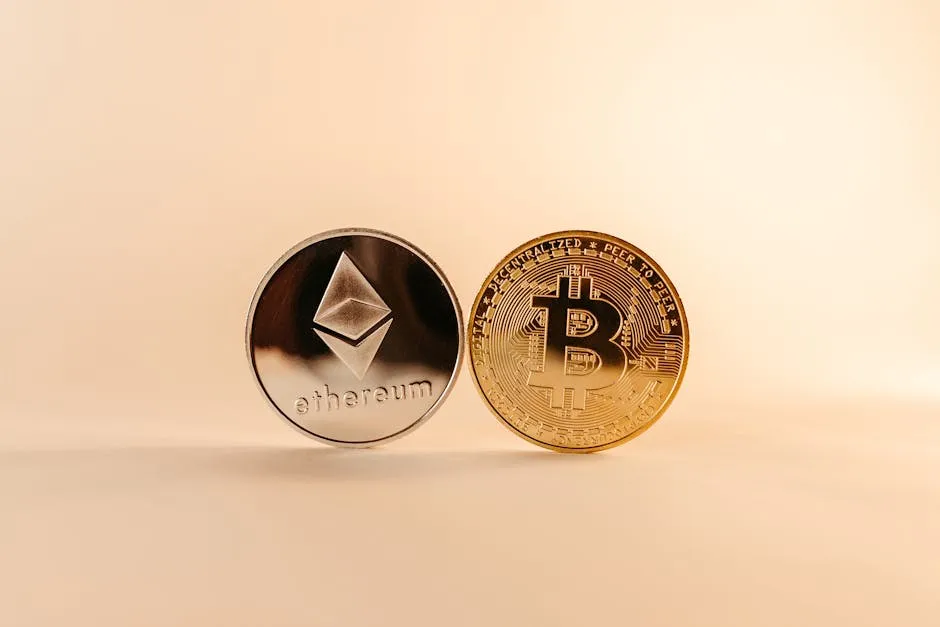
Understanding the Importance of Layer 2 Scaling in Ethereum
Ethereum has long been at the forefront of blockchain technology, powering countless decentralized applications (dApps) and smart contracts. However, as the network has grown, so too have the challenges associated with scaling. High transaction fees and slow processing times during peak usage have become significant bottlenecks for users and developers alike. To address these issues, Ethereum co-founder Vitalik Buterin recently discussed the potential of Fusaka’s PeerDAS feature in enhancing Layer 2 (L2) scaling solutions.
What is PeerDAS?
PeerDAS, an innovative feature developed by Fusaka, is designed to improve the efficiency of Ethereum’s Layer 2 scaling solutions. Layer 2 solutions are built on top of the Ethereum blockchain, allowing for faster transactions and reduced fees without sacrificing the security and decentralization of the main network. PeerDAS specifically aims to tackle some of the existing limitations that have hindered the scalability of Ethereum’s L2 solutions.
Addressing Bottlenecks in Layer 2 Scaling
During his recent comments, Buterin emphasized the critical role that PeerDAS could play in resolving the current scaling bottlenecks on Ethereum. One of the main challenges facing L2 solutions is the ability to efficiently process and verify transactions while maintaining a high degree of security. PeerDAS leverages a unique approach to enhance transaction throughput and reduce congestion, ultimately leading to a smoother user experience.
Key Benefits of PeerDAS
- Improved Transaction Speeds: By optimizing the way transactions are processed, PeerDAS can significantly speed up the transaction confirmation times, making the network more responsive.
- Reduced Costs: Lower transaction fees are essential for user adoption. PeerDAS aims to bring down costs, making Ethereum more accessible to a broader audience.
- Enhanced Security: Maintaining security is paramount. PeerDAS provides a robust framework that upholds the integrity of transactions while allowing for greater scalability.
The Future of Ethereum with PeerDAS
As Ethereum continues to evolve, the integration of solutions like PeerDAS could be a game-changer for developers and users alike. By addressing key scalability issues, Fusaka’s feature has the potential to unlock new possibilities for dApps and decentralized finance (DeFi) projects on the Ethereum network.
Conclusion
Vitalik Buterin’s insights into Fusaka’s PeerDAS highlight the ongoing efforts to enhance Ethereum’s scalability. As the blockchain ecosystem continues to grow, innovations like PeerDAS will be crucial in ensuring that Ethereum remains a leading platform for decentralized applications. By overcoming current limitations, PeerDAS stands to not only improve transaction speeds and reduce costs but also pave the way for a more efficient and user-friendly blockchain experience.



